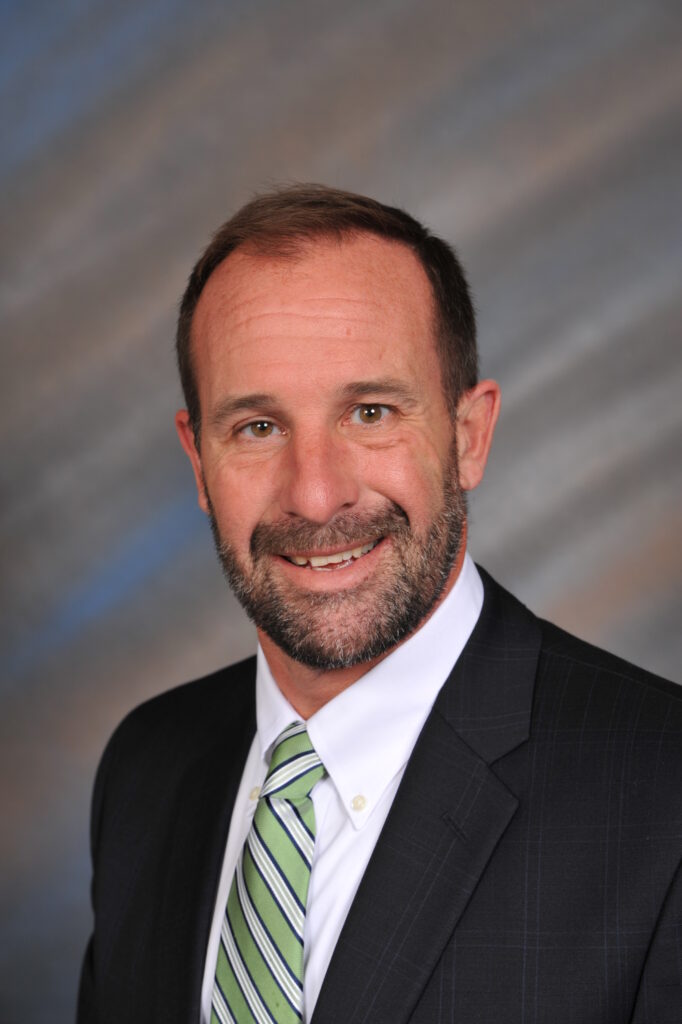
Brad Long, CFP®, MBA, CPFA™, Financial Advisor, RJFS, Long Financial Services, Inc.
How to benefit from this tax-saving tool
Are you 70 ½ or older? Do you have an IRA? Would you like to help causes you care about?
Consider using a Qualified Charitable Distribution (QCD) to donate directly from your IRA to a charity such as Hospice of the Chesapeake. A QCD can be used to satisfy part or all your required minimum distribution (RMD) up to the QCD limit of $100,000.
You’ll benefit because donating IRA funds directly to qualified charities, instead of taking ownership of your RMD, avoids taxes. Another potential benefit is reducing taxation of other sources of income, such as Social Security and the Medicare net investment income tax, while reducing Medicare Part B and D premiums.
How It Works
The QCD must be paid directly to the charity, which must be a qualified 501(c)(3) institution eligible to receive tax-deductible contributions. A QCD cannot be made to a private foundation, donor advised fund or supporting organization. The charity must receive the donation by December 31 to ensure tax reporting for the proper year.
With a QCD, an IRA distribution that would normally be taxed at ordinary rates is directed to the charity without any associated tax liability to the IRA owner. An advantage of a QCD is that you don’t have to itemize deductions on your tax return for it to be excluded from income. Note, you could do a QCD and itemize deductions for further tax savings.
Another benefit of a QCD is you don’t have to be concerned about adjusted gross income constraints – the full amount up to $100,000 is excluded from income.
Special Consideration: QCD and the SECURE Act
The SECURE Act, passed in late 2019, repealed age restrictions on deductible IRA contributions for people aged 70 ½ and older. With the removal of the age cap on IRA contributions, an individual older than 70 ½ who was required to take an RMD could now make a tax-deductible IRA contribution (if eligible) in addition to a QCD to satisfy the year’s RMD.
To prevent this “double dipping,” the SECURE Act requires individuals who make both deductible IRA contributions and QCDs after age 70 ½ to include in their taxable income the amount of the QCD up to the total value of the deductible contribution. Employer contributions to a SEP IRA or SIMPLE IRA will not have this effect of reducing the QCD income exclusion cap.
Keep in Mind
- A QCD can be used to meet your required minimum distribution.
- Your $100,000 distribution limit can include amounts more than the RMD payment; however, the total annual amount cannot exceed $100,000 per person.
- If an RMD payment has already been made for the year, it is considered an irrevocable taxable distribution that can’t be reclassified or reapplied as a QCD.
- A QCD is available to both IRA account owners and IRA beneficiaries, provided they are at least age 70 ½.
- With QCDs, the variety of eligible charitable entities is limited to primarily public charities.
- A QCD is not available from a simplified employee pension (SEP) or SIMPLE IRA—accounts still receiving ongoing employer contributions.
- While a QCD can be done from a Roth IRA, this generally isn’t advisable given that there is no RMD requirement from Roth IRAs. Furthermore, qualified distributions from Roth accounts are tax-free so there is no tax benefit to making a QCD.
- Normally, if you have made after-tax contributions to one or more IRAs, the pro-rata rule applies (meaning part of the distribution is taxable and part nontaxable). With a QCD, your taxable contributions are distributed first. The QCD avoids the pro-rata rule.
Next Steps
Seek guidance from your financial advisor and tax professional to explore if this tax-planning tool can maximize your tax savings, as well as review your situation in the context of your overall financial plan.
Brad Long, CFP®, MBA, CPFA™, is a Financial Advisor with RJFS, Long Financial Services, Inc., and a member of the Hospice of the Chesapeake Planned Giving Advisory Council.
This information should not be considered legal or tax advice. Consult your financial or legal advisor for guidance.


